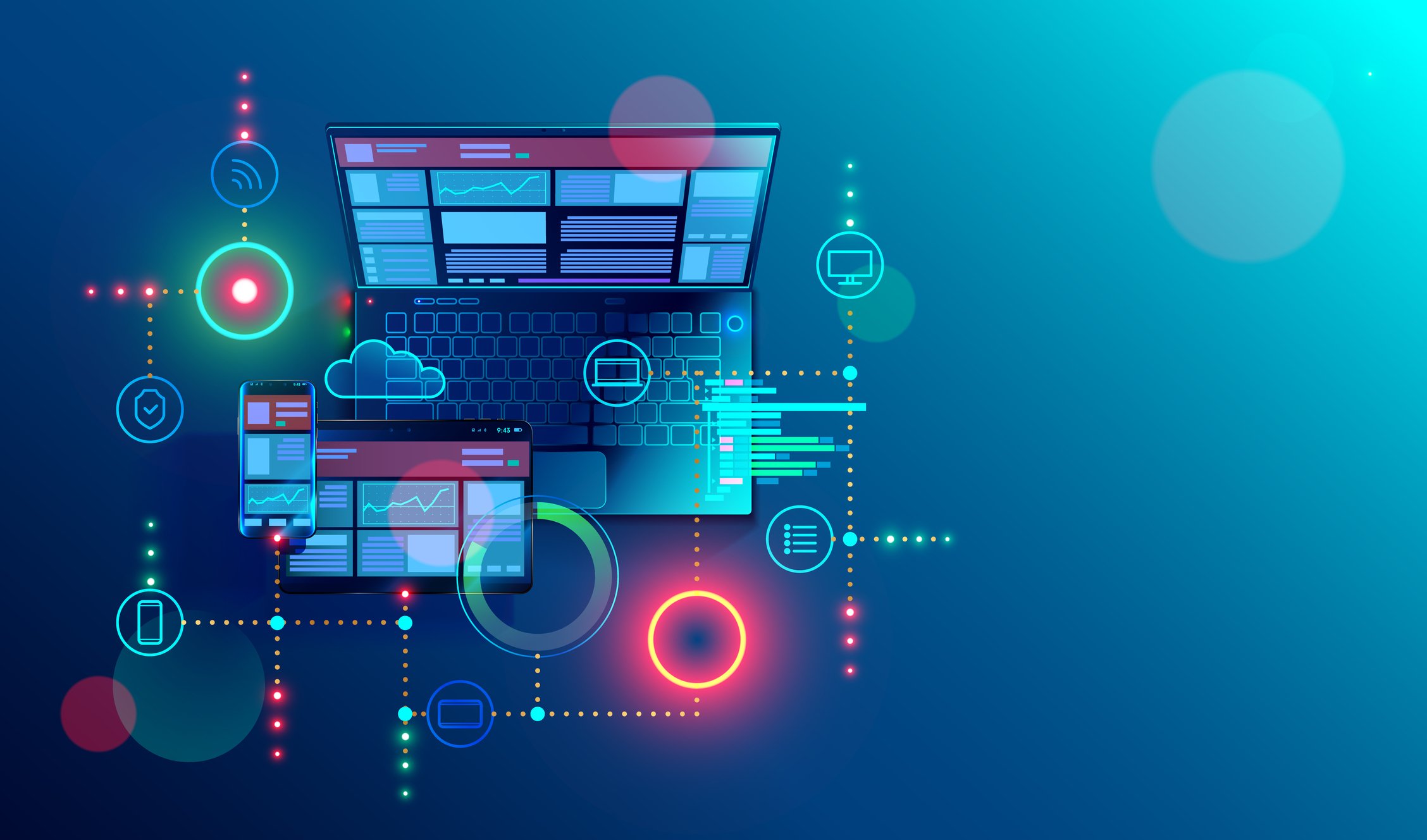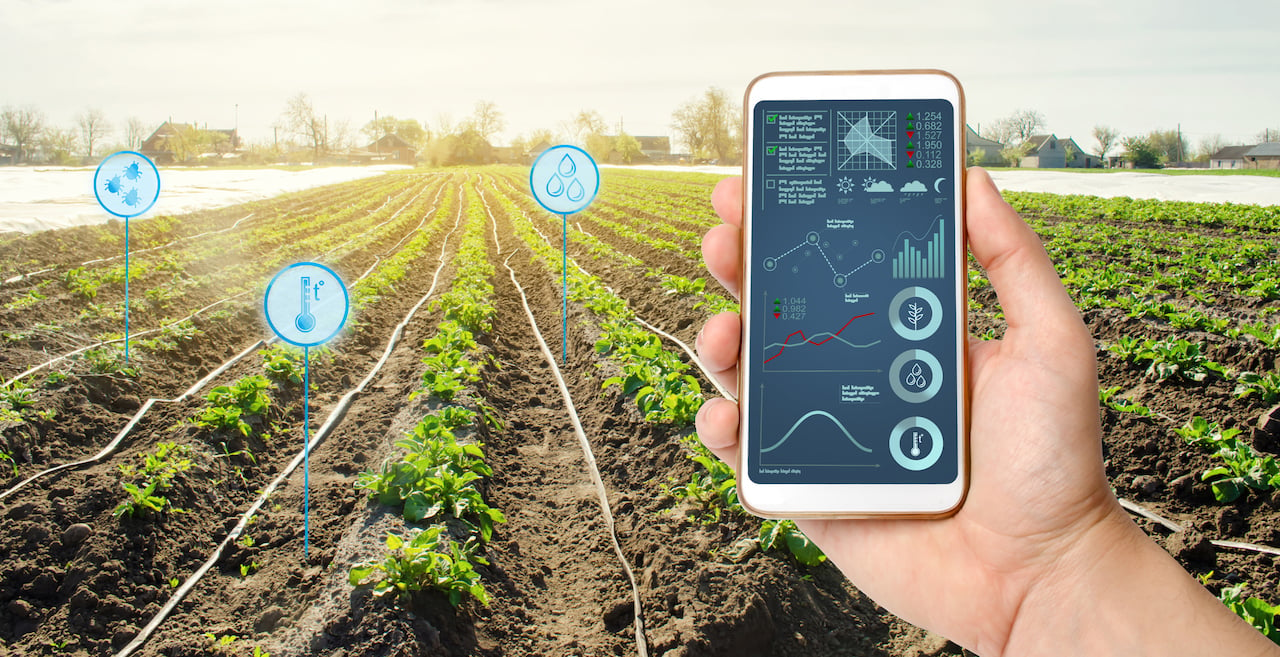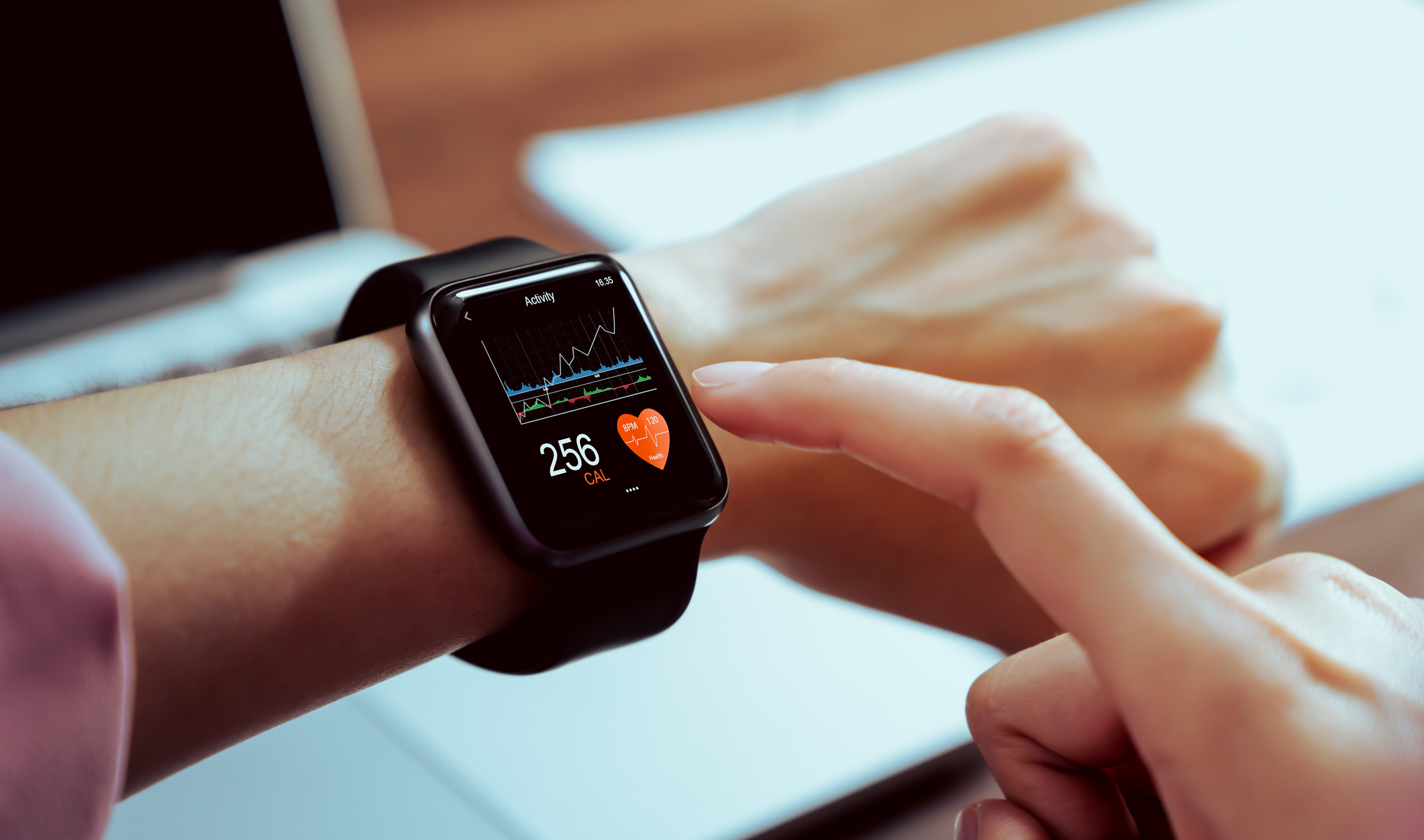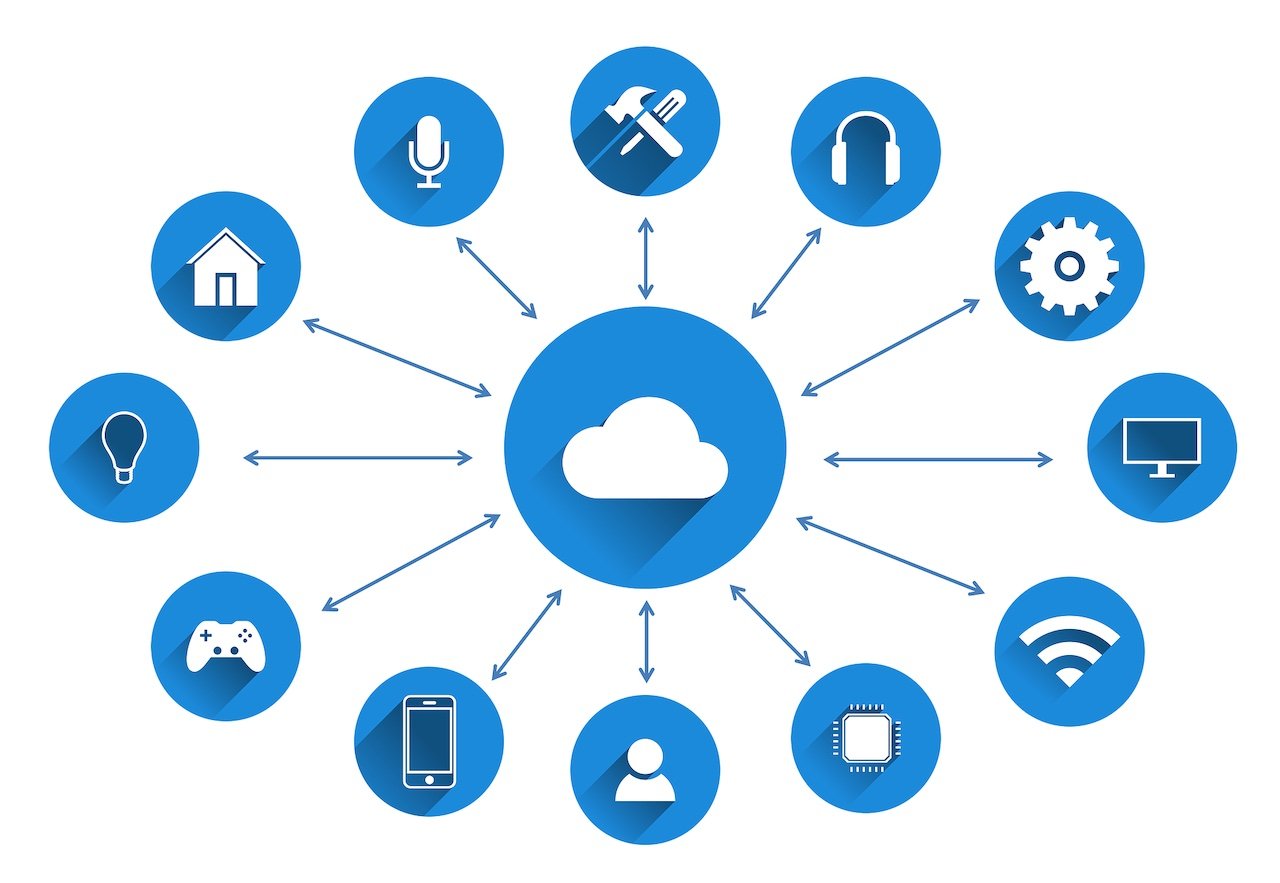IoT Device Management: How to Control Cellular IoT Devices Successfully

- December 2025 (1)
- November 2025 (2)
- October 2025 (3)
- September 2025 (3)
- August 2025 (3)
- July 2025 (2)
- June 2025 (3)
- May 2025 (3)
- April 2025 (3)
- March 2025 (2)
- February 2025 (1)
- December 2024 (2)
- November 2024 (1)
- August 2024 (2)
- June 2024 (3)
- May 2024 (3)
- April 2024 (1)
- March 2024 (3)
- February 2024 (2)
- January 2024 (2)
- December 2023 (1)
- November 2023 (2)
- October 2023 (2)
- September 2023 (1)
- August 2023 (1)
- July 2023 (2)
- June 2023 (3)
- May 2023 (2)
- March 2023 (4)
- January 2023 (2)
- November 2022 (2)
- September 2022 (1)
- August 2022 (2)
- July 2022 (2)
- June 2022 (1)
- May 2022 (1)
- April 2022 (3)
- March 2022 (1)
- February 2022 (3)
- January 2022 (2)
- December 2021 (1)
- November 2021 (1)
- October 2021 (2)
- September 2021 (3)
- August 2021 (1)
- July 2021 (3)
- May 2021 (2)
- April 2021 (2)
- March 2021 (2)
- February 2021 (3)
- January 2021 (3)
- December 2020 (1)
- October 2020 (1)
- August 2020 (1)
- August 2019 (1)
- January 2019 (2)
- September 2018 (5)
- June 2018 (1)
- November 2017 (1)
- September 2017 (1)
- July 2017 (1)
- May 2017 (1)
- January 2017 (1)
- October 2016 (2)
- August 2016 (1)
- July 2016 (1)
- June 2016 (1)
Subscribe by email
The number of connected devices has reached billions, but the larger that IoT ecosystems grow, the more challenging they become to manage. More devices mean more cloud instances, databases, communications protocols, and networks. And the security, reliability, and scalability of connected devices depend on effective IoT device management. In this guide, we’ll share the fundamentals of IoT device management and how Zipit Wireless fits into the device management framework with connectivity, SIMs, and subscription billing automations that keep cellular IoT devices operating smoothly and enable you to monetize them successfully.
What Is IoT Device Management?
IoT device management applies methods, processes, and platforms to enhance the efficiency and effectiveness of a device throughout its lifecycle, including provisioning, authentication, configuration, and maintenance. It streamlines and automates operations so devices remain secure, connected, and up-to-date.
Device management requires an IoT platform to collect application data from the device and cloud management to provide data flow and visualization. An IoT platform should address the fundamentals of IoT device management, including onboarding, configuration and control, monitoring and diagnostics, maintenance and software updates, and decommissioning. However, it’s not uncommon for IoT platforms to overlook two crucial aspects of a device management framework–connectivity and billing.
These two components play an indispensable role in ensuring the seamless operation and sustainability of IoT ecosystems. Cellular connectivity is central to IoT functionality, enabling devices to communicate, transmit data, and interact with other systems. It's the lifeline that empowers real-time data exchange, remote control, and timely responses.
Effective billing mechanisms are integral for sustainable IoT deployment and business models. Billing intricacies extend beyond financial transactions; they determine how IoT services are monetized, how costs are allocated, and how revenue streams are generated.
A strong IoT device management framework allows you to manage all aspects of your IoT solution with efficiency. It includes the IoT platform where application data is managed, devices are troubleshooted, and firmware is updated. But it also requires a connectivity management platform to manage SIM activations and cellular data usage and a billing solution so you can have greater control over costs, and can help companies earn recurring revenue from cellular IoT services.
The Zipit Wireless connectivity management platform has powerful APIs that allow it to integrate with your IoT device platform. From our custom-branded user portal, your customers can easily activate their devices and manage subscription data plans. Zipit’s platform enables you to manage SIMs from multiple carriers and monitor data usage in aggregate or down to an individual device. Our analytics and reporting features provide insights into carrier connectivity, as well as business intelligence related to subscriptions like gross margin, and revenue per device.
Components of IoT device management
An IoT device management framework involves five core components that help you tie device management and IoT connectivity together, enhance IoT security, and implement an effective monetization strategy.
1. Device onboarding
Establishing connectivity is the first step in an IoT device’s lifecycle. Connecting to the network requires authentication and provisioning. During the authentication process, each new device identifies itself by presenting credentials to the server to be verified for access to the network. Device authentication is a critical security measure to prevent unauthorized devices from joining the IoT ecosystem. During provisioning, devices are enrolled or configured to work with the IoT platform or cloud infrastructure.
To rapidly scale your deployments, carrier onboarding and cellular activations must be automated. And ideally, end-users should be able to activate their devices on demand without having to call your support team for assistance.
Zipit’s connectivity management platform allows devices to be activated or deactivated in seconds without requiring intervention on the part of your operations teams, allowing you to support the onboarding of thousands of customers without adding headcount or operational complexity. Your customers can start a subscription to access your services conveniently through our white-label payment portal, and they can be billed automatically on a recurring basis.
2. Device configuration and control
Once a device completes the onboarding process, it should be configured to match your specific business requirements beyond the default settings. This reconfiguration ensures that the device functions precisely as intended based on its role, location, and data usage within the IoT ecosystem. At this stage, you may group devices by location to enhance network access. Manual configuration and control can be tedious, but much of this process can be streamlined through automation.
Learn about the different IoT protocols and standards.
3. Device monitoring and diagnostics
Ongoing monitoring and diagnostics ensure security and minimize the impact of device downtime caused by operational issues and firmware bugs. The objective is to swiftly identify security breaches, proactively prevent failures, and resolve problems before they disrupt the network. Enabling alerts is essential to promptly notify you when issues occur. For instance, noticing unexpectedly high data consumption by a device can indicate potential problems like buggy firmware or unauthorized access or usage.
4. Device security
IoT devices are susceptible to security vulnerabilities, and IoT device management helps enforce security measures, like authentication and encryption. It allows administrators to monitor device behavior for potential threats and apply firmware updates to address vulnerabilities.
Learn more about the challenges and importance of IoT security.
5. Device maintenance
Software and firmware updates and maintenance are another necessary part of device management for the security of your IoT ecosystem. Unfortunately, maintenance is often overlooked until there is a security breach. With an ongoing maintenance process in place, these breaches can be reduced. In a large IoT ecosystem, device maintenance can happen over the air (OTA) without the need for physical intervention or device recalls.
6. Device decommissioning
Your device management system should not only handle onboarding and ongoing support for IoT devices but also provide support when devices need replacing or are no longer in use. Devices that are no longer in use but still part of your network can pose security risks since they may not be monitored for data breaches.
Secure and cost-effective decommissioning of devices is crucial to avoid system downtime, potential data leaks, or compromises during the process. End-of-life management is an essential aspect of device management that must be carefully considered to maintain a healthy and secure IoT ecosystem.
Challenges of IoT device management
Scalability presents challenges for device management as the IoT ecosystem expands. With an increasing number of devices, cloud instances, databases, communications protocols, and networks, managing the ecosystem becomes complex. To compound the issue, as technology advances, security, and management processes must evolve with it to safeguard the ecosystem's integrity and ensure seamless operations.
Remote management on a large scale
Managing a massive number of devices spread across different locations requires remote management processes. As the number of deployed IoT devices increases, manual processes become inefficient and resource-intensive. Additionally, IoT devices are often deployed across vast geographical areas, and performing software updates and making configuration changes becomes complex.
Adopting a device management platform provides the automation and centralized control essential for remote devices. An IoT device platform should allow bulk activations and seamless management of devices and their connectivity to scale efficiently.
Massive amounts of data generated
IoT devices generate massive amounts of data and require effective strategies to handle, store, and analyze this data. Cloud platforms and data management solutions offer scalable storage, processing, and analytics capabilities for efficient data management.
Managing carrier relationships
Cellular IoT devices often rely on network access for connectivity, but negotiating contracts with carriers is complex and time-consuming. The complexity increases if you need multiple carriers for more extensive coverage in various locations. But with Zipit, you can manage connectivity entirely through our platform. We take care of the negotiations, offering you data plans from one carrier or multiple carriers that best suit your device requirements. This allows you to focus on other aspects of your business while ensuring seamless connectivity for your devices.
Monetizing IoT devices
Manufacturers of cellular IoT devices incur the ongoing costs of connectivity and cloud software and must find a way to monetize devices beyond the sale to cover these costs. A recurring subscription billing model based on data usage is an effective solution for steady recurring revenue.
Zipit’s connectivity management platform ties a device and a subscription to a user upon activation, providing you the opportunity to charge customers at the individual or bulk device level. Once a customer activates a device and chooses a subscription plan, the billing cycle begins. End-users can manage their subscriptions easily from our intuitive user portal. As an admin, you’ll be able to see usage data at the device level and customize your subscription pricing tiers to meet your customers’ needs.
Learn more: What Is Telecom Billing and How to Choose Billing Software for IoT Devices
How to control IoT devices
1. Use appropriate connectivity hardware.
IoT devices are equipped with connectivity hardware like wireless modules and modems that allow devices to connect to cellular networks to transmit and receive data. This hardware integration is a crucial step during manufacturing or deployment in the IoT device management lifecycle, ensuring the devices have the necessary connectivity for seamless data communication.
2. Use SIM cards to authenticate with a cellular network.
Each cellular IoT device uses a SIM card to authenticate and identify it on the cellular network. During the provisioning phase, SIM cards are activated and provisioned with the necessary network information, such as APN (Access Point Name) settings and credentials.
Learn more about different types of IoT SIM cards.
3. Use a connectivity management platform to control network access and data plans.
A connectivity management platform allows you to activate and deactivate devices, monitor connectivity status and data usage, and remotely manage device settings.
Zipit Wireless offers a multi-carrier connectivity management platform that enables simple device activations from anywhere and subscription billing for cellular services and data usage. Our platform is built for large-scale cellular IoT deployments, with worldwide coverage through global and multi-carrier SIMs. You can manage connectivity and monetize your services through subscription billing all from one central hub.
Learn how to cost-effectively manage IoT data plans.
4. Use a cloud platform to manage certificates and authenticate with the cloud services.
A cloud platform receives processes, and stores data from your IoT devices. The platform also enables the integration of IoT devices with other systems and services for advanced control and automation.
5. Use a platform for data management and visualization.
A data visualization platform presents collected IoT device data in a meaningful way so you can gain insights that enhance your decision-making and product optimization.
6. Use a billing system to tie payment with SIM management.
While not directly involved in the operational aspects of device management, a billing platform plays a critical role in the financial aspect of IoT deployments. It tracks and manages the usage of IoT devices over cellular networks, generates invoices based on predefined billing models, monitors usage, and handles payment transactions automatically.
What to look for in an IoT connectivity management platform
A connectivity management platform reduces deployment time, accelerates your time-to-market for IoT solutions with fast device activations, and opens an opportunity to monetize IoT-generated data to unlock consistent revenue streams. You’ll need to include a connectivity management platform that has the following features:
- Integration and APIs with your IoT platform
- SIM, connectivity, and data plan management
- Large-scale and remote activations
- Device-level insights on connectivity status, carriers, and data usage
- Automated and billing for each device activated
- User-friendly customer interface
Hunter Industries, an IoT irrigation system supplier, needed an efficient way to manage the complexities of wireless connectivity. They needed to activate irrigation controllers around the world on multiple cellular networks. And they wanted to provide subscription plans to their customers while ensuring smooth transaction handling. All of these operations needed to seamlessly integrate with their existing irrigation controller platform.
Hunter partnered with Zipit for a connectivity management platform that has allowed them to simplify deployments by onboarding new carriers without new negotiations or platform integrations. Hunter can now offer multiple subscription plans powered by Zipit’s platform but through one seamless end-user experience.
If you’re like Hunter Industries and require connectivity management that integrates with your existing IoT device platform, Zipit’s APIs can provide a seamless experience. If you need both an IoT device and a connectivity management platform, Zipit can provide you with the perfect fit through one of our IoT platform partners, so you get all of the key capabilities required in your device management framework, including connectivity and billing from Zipit.
Streamline IoT connectivity and billing with Zipit's platform
Zipit’s IoT connectivity platform combines cellular connectivity and subscription billing into one platform. Zipit integrates with your existing IoT platform to streamline network carrier management, automate device activations and billing, and charge individual customers for your IoT services. Regardless of the scale or complexity of your deployment, we can equip you with–
- Connectivity from all major carriers and SIMs for all cellular use cases
- Flexible data plans accommodate devices with low or high usage
- Simple and fast device activations
- Automated subscription billing, where you and your customers can easily manage device activations and data plans
When you choose Zipit for IoT connectivity, we collaborate with you to determine the best cellular carriers, data plans, and monetization strategies for your solution. We’ll monitor your data usage and device performance to advise you on how to best optimize data plans. And whenever you need our assistance, we’re always just a phone call away.
Contact Zipit to discuss your company’s unique needs and learn more about our intuitive IoT platform.
You might also like:
Related Content
The latest IoT insights and platform updates from Zipit.
The Internet of Things (IoT) has transformed industries by creating a network of i...
Device provisioning is often compared to setting up a mobile phone, but getting an...
Deploying an IoT solution brings significant value to businesses, but it also intr...



